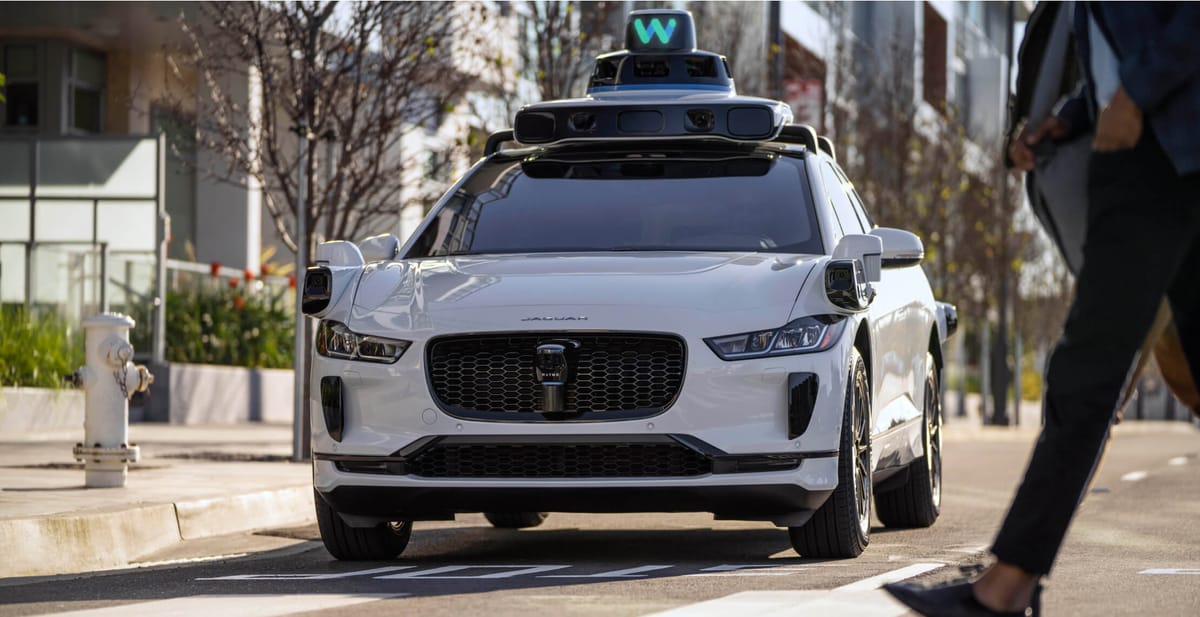
In a scene straight out of a sci-fi movie, a Phoenix police officer found himself in an unusual traffic stop last month when he pulled over a vehicle driving on the wrong side of the road—only to discover there was no one behind the wheel.
The incident, which occurred on June 19 near Seventh Avenue and Osborn Road, involved a driverless Waymo vehicle that had veered into oncoming traffic. Bodycam footage captured the surreal moment when the officer approached the car, muttering, "There's no driver," before attempting to engage with the vehicle's AI system.
"Hi," the officer said to the empty driver's seat, prompting the car's system to respond robotically, "Connecting to rider support." What followed was a bizarre exchange between law enforcement and customer support, with the officer explaining to a Waymo representative that the autonomous vehicle had "drove into oncoming lanes of traffic."
The incident, which lasted approximately one minute, ended without a citation. As one dispatcher noted in the police records, they were "UNABLE TO ISSUE CITATION TO COMPUTER."
Waymo, the Alphabet-owned company behind the self-driving technology, has since released a statement attributing the mishap to "inconsistent construction signage." According to the company, the vehicle encountered confusing road signs in a construction area, causing it to enter the wrong lane. Waymo claims the car was then "blocked from navigating back into the correct lane" for about 30 seconds before proceeding to a nearby parking lot.
This incident raises important questions about the readiness of autonomous vehicles for real-world scenarios, particularly in areas with ongoing construction or unclear signage. It also highlights the need for updated protocols in law enforcement when dealing with driverless vehicles.
While companies like Waymo argue that autonomous vehicles are statistically safer than human drivers, incidents like these fuel ongoing debates about the technology's reliability. The National Highway Traffic Safety Administration recently opened an investigation into Waymo following 31 reported incidents, 14 of which occurred in Arizona.
This isn't the first time autonomous vehicles have had run-ins with law enforcement. In 2022, a similar incident in San Francisco went viral when police pulled over a driverless Cruise vehicle for operating without headlights at night. In that case, the vehicle initially stopped for officers but then drove away, pulling over again at a safer location. These incidents highlight the unique challenges and considerations that come with the growing presence of autonomous vehicles on our roads.
As cities like Phoenix continue to serve as testing grounds for self-driving technology, the interaction between these AI-driven vehicles and traditional law enforcement will likely become more common. This incident serves as a reminder that as we navigate the future of transportation, we're bound to encounter a few wrong turns along the way.
For now, Phoenix police and autonomous vehicle companies are working to streamline communication protocols. Officers can use an intercom system to speak with remote operators or call a dedicated phone number when they encounter driverless vehicles on the road.
As one passerby noted to the officer during the stop, drawn by "morbid curiosity," these incidents offer a glimpse into a future where traffic stops might involve more troubleshooting than ticket-writing. It's a brave new world on our roads, and everyone—human and AI alike—is still learning the rules.

